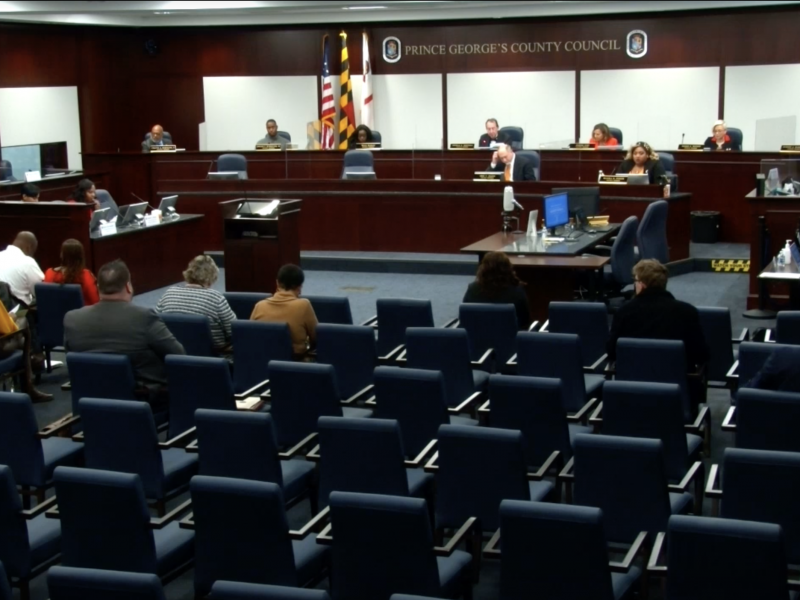The Prince George’s County Council voted unanimously Tuesday to research and manufacture semiconductor computer chips in the county using $280 billion in federal funds.
The new law outlines a 10-year incentive program that encourages companies to engage in research, development and manufacturing of semiconductor computer chips in Prince George’s County. Semiconductor chips store and process information and are an essential component of many electronic devices. The county’s funding for this program comes from appropriations in the federal bipartisan CHIPS and Science Act, which President Joe Biden signed into law in 2022.
Prince George’s County joins multiple companies, community colleges and others in expanding the domestic semiconductor industry with this bill’s passage.
At-large council member Mel Franklin, who sponsored the bill, emphasized that it is an extension of the federal legislation. The county CHIPS Act is designed to capitalize on projects that federal funding encourages, Franklin said.
[Prince George’s County residents detail challenges with county’s mental health resources]
He added that the bill would benefit the county regardless of its manufacturing outcomes.
“Let’s say we don’t succeed in getting federally incentivized computer chip manufacturing or research and development here — no harm no foul,” Franklin said. “But let’s say we do have the opportunity. It would be great to have an incentive in place … to help steer those projects to Prince George’s County.”
The federal legislation was created during a shortage of semiconductor chips across the county. In 2021, the demand for chips was 17 percent higher compared to 2019, but supply did not keep pace, according to the U.S. Commerce Department.
Some county officials think that even with the bill’s passage, Prince George’s County may see limited progress in the semiconductor chip industry.
David Iannucci, the president and CEO of the Prince George’s County Economic Development Corporation, said semiconductor shortages should be addressed nationally, but speculated that Prince George’s County will not be successful in increasing its manufacturing.
[Prince George’s County cannabis reinvestment board aims to address inequities]
“I don’t believe that Maryland or Prince George’s County is going to be a successful recipient of a large manufacturing facility,” Iannucci said. “Our land is more expensive than the Midwest and South, the labor is more expensive.”
Iannucci still believes the county holds a strong ability to take advantage of semiconductor research and development opportunities. He singled out innovation at the University of Maryland that aims to make semiconductor chips smaller and more environmentally sustainable using federal funds.
After the federal law’s passage, this university introduced an advanced manufacturing lab course. The course is at the forefront of “preparing a semiconductor manufacturing workforce for the future,” according to this university’s engineering school’s website.
Alexander Austin, the president and CEO of Prince George’s County’s commerce chamber, said he believes this bill will cause significant advancement in the county.
“We believe this bill will provide more opportunities to advance our ecosystem to compete in the border global economy, particularly around microelectronics,” Austin said.



